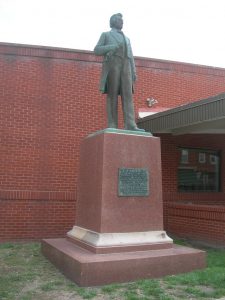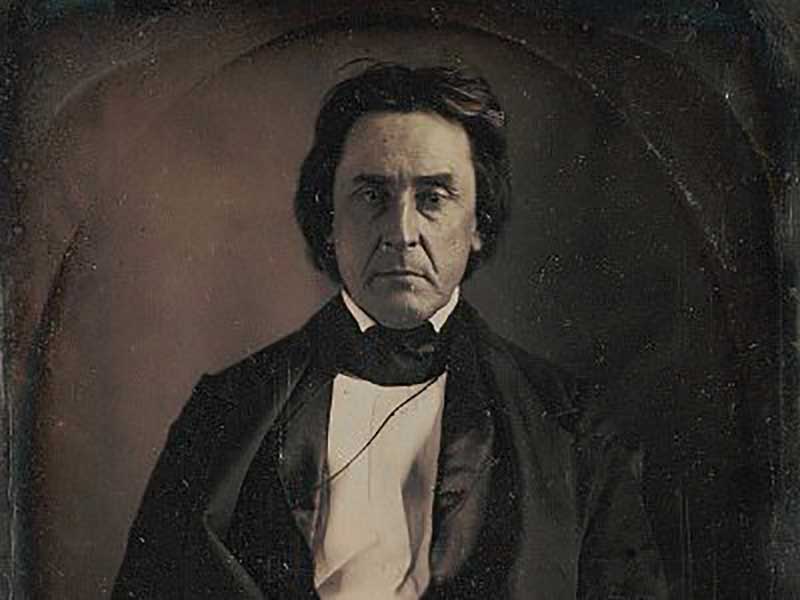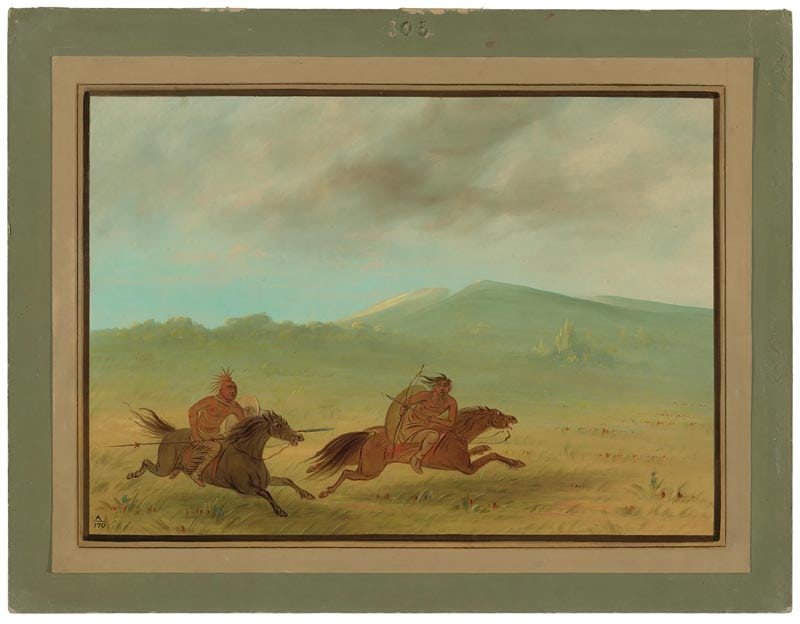Missouri Democrat was (possibly) our 12th president

On the sleepy Main Street of Plattsburg, halfway between Kansas City and St. Joseph, there is a statute standing on a huge pedestal in front of the Clinton County Courthouse. To most, the statute is unrecognizable—or simply unremarkable. A pre-Civil War politician dressed in the attire of the day, more noticeable to pigeons than any other creature.
However, an examination of the plaques on the statute and a trip to the nearby Greenlawn Cemetery yields evidence that the man on the pedestal is none other than David Rice Atchison—the 12th president of the United States. Even if for only one day: March 3, 1949.
You might have just done a whiplash-worthy doubletake to that statement. What was that? President for one day? That would make Joe Biden No. 47, Donald Trump No. 46 … What?
Although disputed by historians and legal authorities, it makes a good story and goes like this.
Atchison was born and educated in Kentucky and moved to Liberty, Missouri to practice law, teaming up with Alexander William Doniphan. Doniphan is most famous as the man to prevent the summary execution of Joseph Smith, founder of the Latter-Day Saints church at the close of the 1838 Mormon War in Missouri.
Atchison proved to be quite nimble in the courtroom and in the political arena. At one time, he not only represented Mormons in their quest to stay in Missouri but was also a Missouri Militia officer charged with quelling any Mormon disturbance. (The official website of the U.S. Senate gives a more complete chronology of Atchison’s political life and defense of Mormons, though points out that his humanitarianism did not extend to enslaved persons. Read more here.)
In 1843, Atchison, who never married, was appointed to the United States Senate. (He was reelected twice.) He was elected president pro tempore of the Senate in 1845, placing him second in succession for the presidency.
James Polk’s presidency ended on March 3. Zachary Taylor had been elected to succeed Polk. March 3 was on a Sunday and Taylor’s religious convictions would not allow him to swear the oath of office. Therefore, with Polk’s term ended and Taylor refusing to be sworn in, Atchison became president. (Or so it seemed.)

The day is best explained by Atchison in person to the Plattsburg Lever newspaper in September 1882.
“It was this way: Polk went out of office on the 3d of March, 1849 at 12 noon. The next day, occurring on Sunday, Gen. Taylor was not inaugurated. He was not inaugurated till Monday, the 5th at noon. It was then canvassed among Senators whether there was an interregnum (a time during which a country lacks a government). I was plain that there was either an interregnum or I was President of the United States being chairman of the Senate having succeeded Judge Magnum of North Carolina. The judge woke me up at three o-clock in the morning and said jocularly that as I was President he wanted me to appoint him as secretary of state. I made no pretense to the office but if I was entitled it had one boast to make that a woman or child shed a tear on account of my liable to arise under our form of government.”
After that wake-up call, it is rumored that Atchison gathered around him his staff and friends and began a merry day of drinking and appointing friends—and some enemies—to government positions.
Was he president even if only for a day? The pigeons may know for sure.
Related Posts
February 18, 1859
The city of Pacific is incorporated after changing its name from Franklin. With two towns in the state called Franklin, there were issues with mail and train service, as both towns were right along the rails.
December 16, 1875
This date in Missouri history: The steamboat Alice Gray exploded her boiler and sank at Rocheport.
10 Books on Missouri’s Native American History
Looking for more reading on the Osage and Missouria tribes? Parts 2 and 3 of our special series are forthcoming in September and October, but in the mean time we highly recommend this selection of books that cover the subject.



